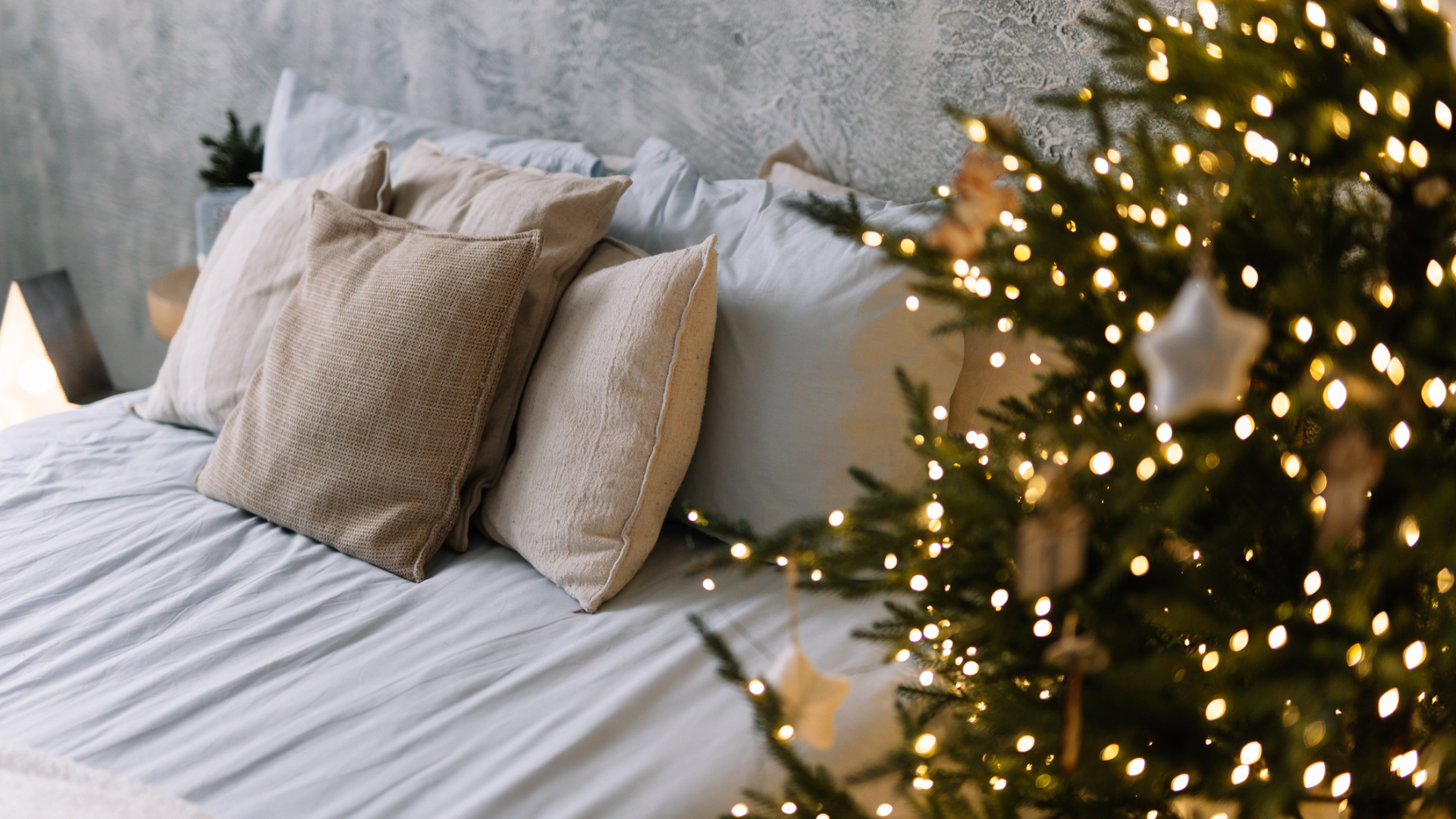I tested the Panasonic Lumix S1R II and it's almost the perfect hybrid camera
After years shooting with Sony, I switched to Panasonic’s Lumix S1R II to see if it’s really worth the hype
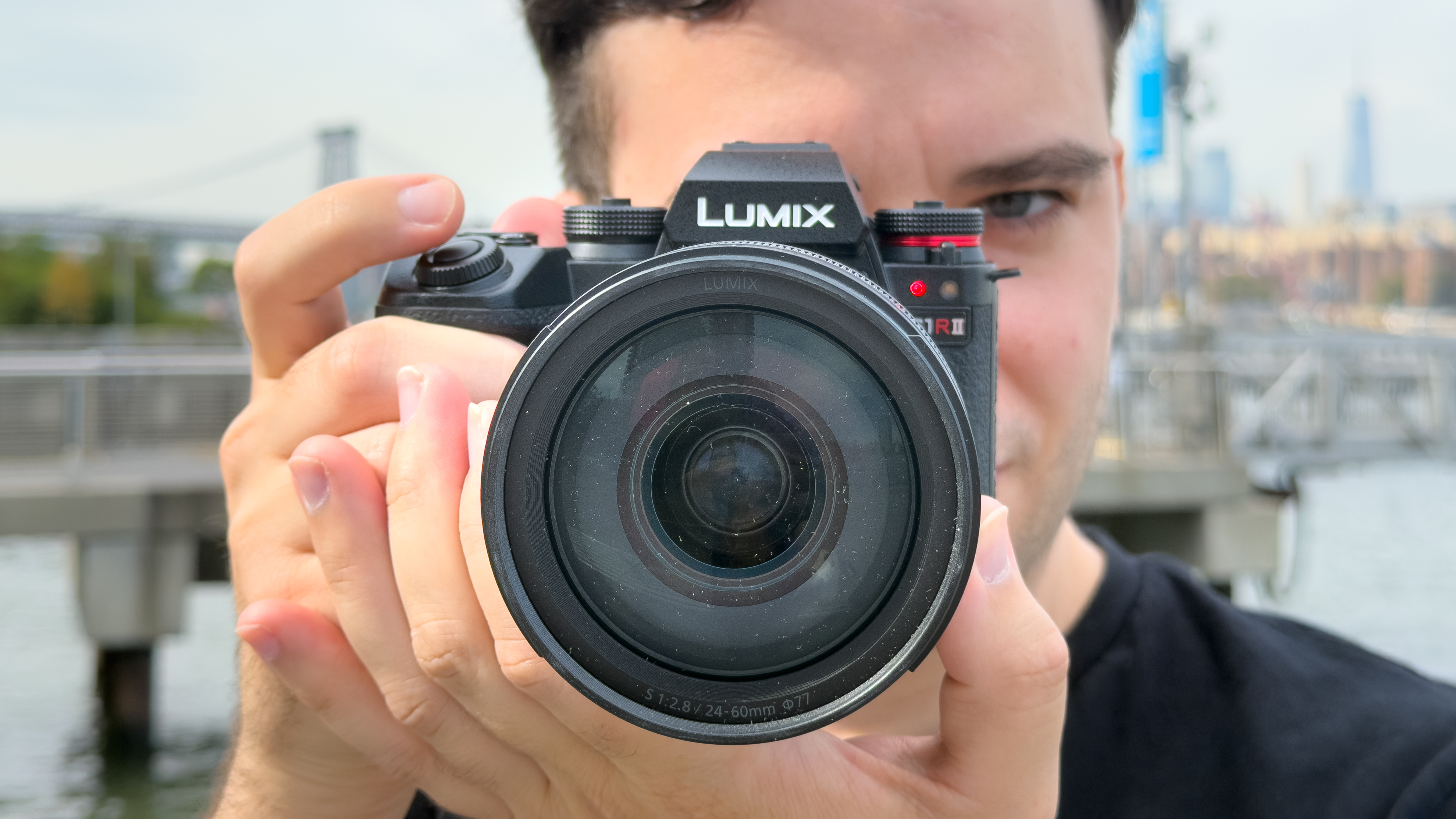
When the Panasonic Lumix S1R II was announced, it looked like a contender for one of the best mirrorless cameras and I immediately knew I had to test it out. On paper, it looked like the perfect hybrid camera. It had the video power of my Sony A7S III, with full-frame 4K 120fps recording, but its 44.3MP sensor also made it a strong stills camera like my Sony A7 IV.
Sony has been rock solid for me for years, but I was ready to try something new. I was especially curious about open gate and 8K recording, features I hadn’t really had the chance to use much before. On top of that, I kept hearing creators and filmmakers talk about Panasonic’s stabilization, and how the new autofocus might finally rival or even beat Sony’s. That was enough to get me interested.
So after two months of shooting with the S1R II, here’s what I’ve learned.
Open gate is a new must
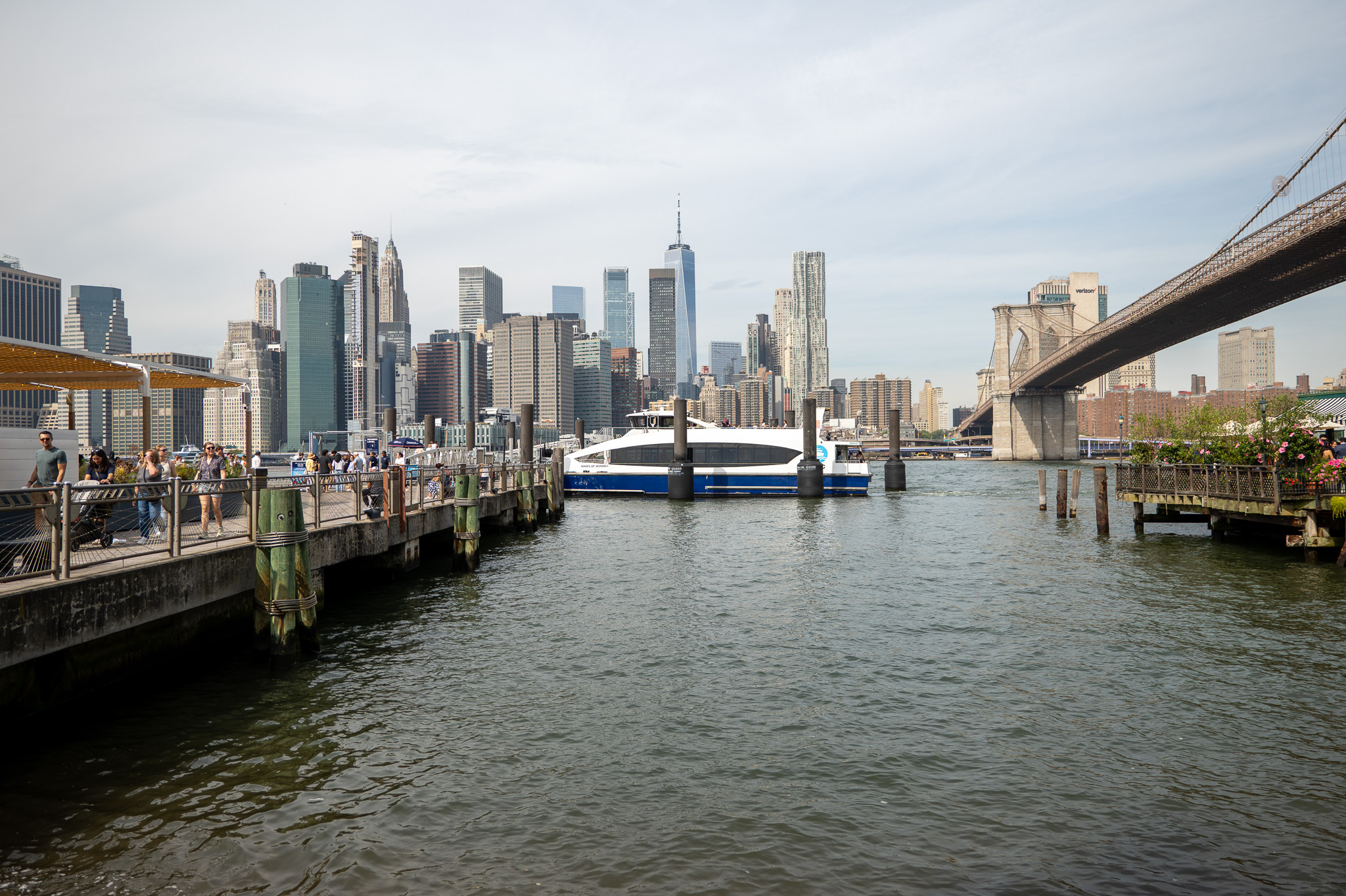
If you’re not familiar, open gate uses the entire sensor to record video instead of the more common cropped 16:9 area that most cameras limit you to. On a full-frame camera like the S1R II, that means you get a taller 3:2 aspect ratio when shooting in 6.4K or 8K.
Here’s why that’s a big deal. When you shoot in the standard 16:9 format, you’re locked into that horizontal frame. If you ever want to reuse that footage for vertical content like TikTok or YouTube Shorts, you usually have to crop in heavily. That not only cuts your resolution but often chops off part of your subject entirely, and if I’m being honest, it really hurts your production value.
With open gate, you can reframe that same clip for 16:9, 9:16, or even 1:1 formats without losing as much of the image, especially if you plan ahead and shoot a bit wider. It gives you the flexibility to frame once and decide later whether that clip ends up in a widescreen video or a vertical reel.
It does add an extra step in post, but the higher resolution makes it worth it. I usually frame a bit wider and rely on the built-in aspect ratio guides, which I’ve set to 16:9 and 9:16. That helps me line up shots in a way that works for both. I’ve been using this approach for all my social and YouTube content on Tom’s Guide, and it’s saved me a lot of time both filming and editing.
Get instant access to breaking news, the hottest reviews, great deals and helpful tips.
This stabilization is on a whole other level
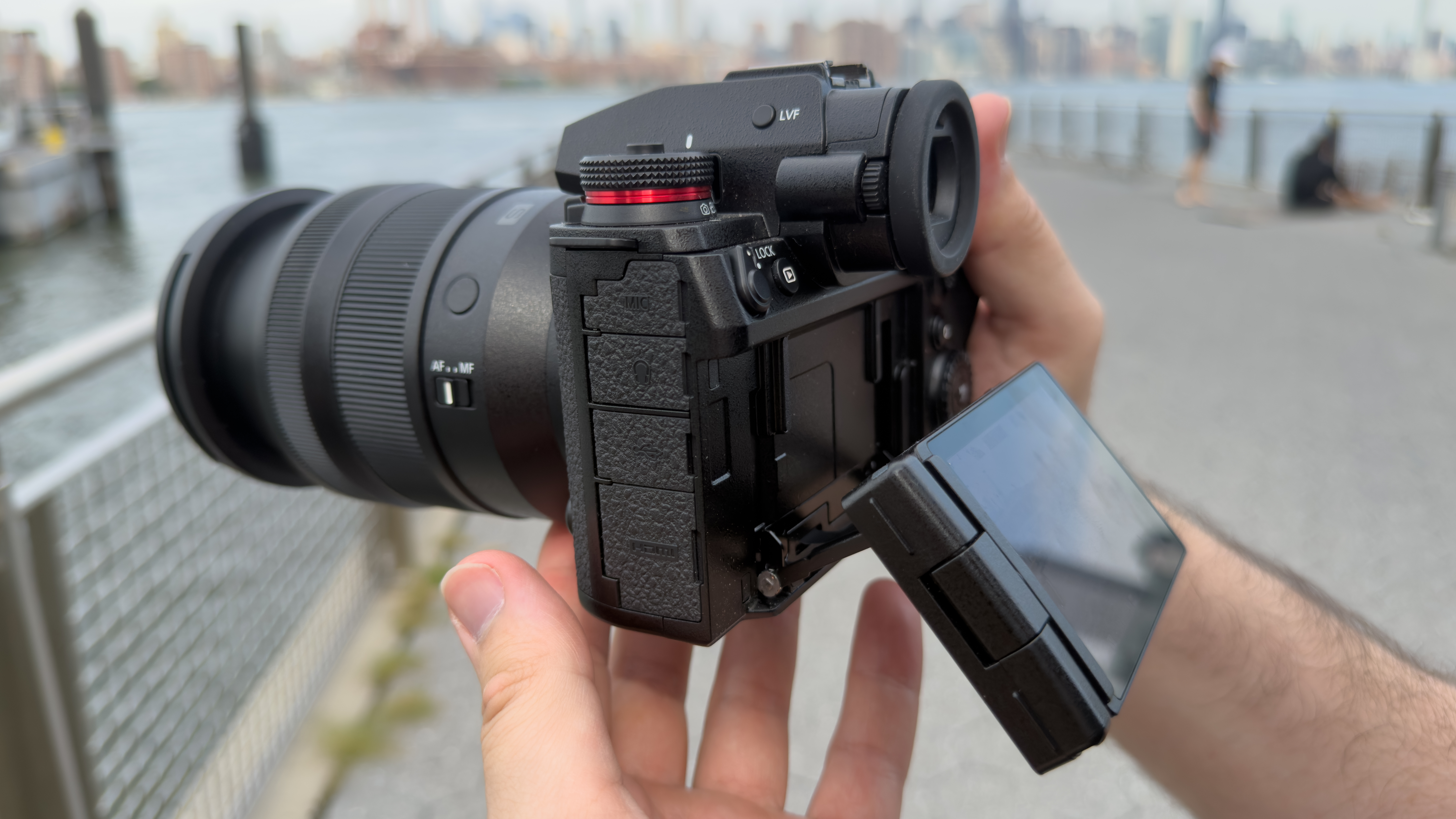
Now let’s talk about stabilization, because this is where the Lumix S1R II completely blew me away. I’ve heard people praise Panasonic’s in-body image stabilization for years, but now that I've tested it, I'm a believer. You can see a few of my handheld video tests below.
A post shared by Paul Antill (@thepaulantill)
A photo posted by on
The Lumix S1R II does an amazing job of keeping things level and eliminating the jitters that can make other handheld footage look amateurish. For slower pans or tilts, it is incredibly smooth even with minimal effort on my part. Walking shots that would normally require a gimbal with my Sony A7S III looked incredibly smooth, even when I wasn’t being especially careful with my steps. As good as the best camera gimbals like the DJI RS4 Mini? Not quite, but it I'd say for what I usually need, it's about 90-95% of the way there, which in my book is a huge win because its one less piece of gear I need to carry on my shoots.
Of course, a gimbal still wins for more complex movement, especially tighter shots where I orbit around a subject or am running full speed, but the Lumix stabilization system has genuinely changed how I shoot and it has made the whole process more creative and a lot more enjoyable.
Lumix AF has come a long way
When I first started my videography journey in 2016 with the Lumix G7, I was extremely disappointed with its autofocus. Even in simple scenes where a person would slowly walk toward the camera, the G7 would constantly hunt and lose focus. It was frustrating, and honestly, it pushed me away from Panasonic cameras for years.
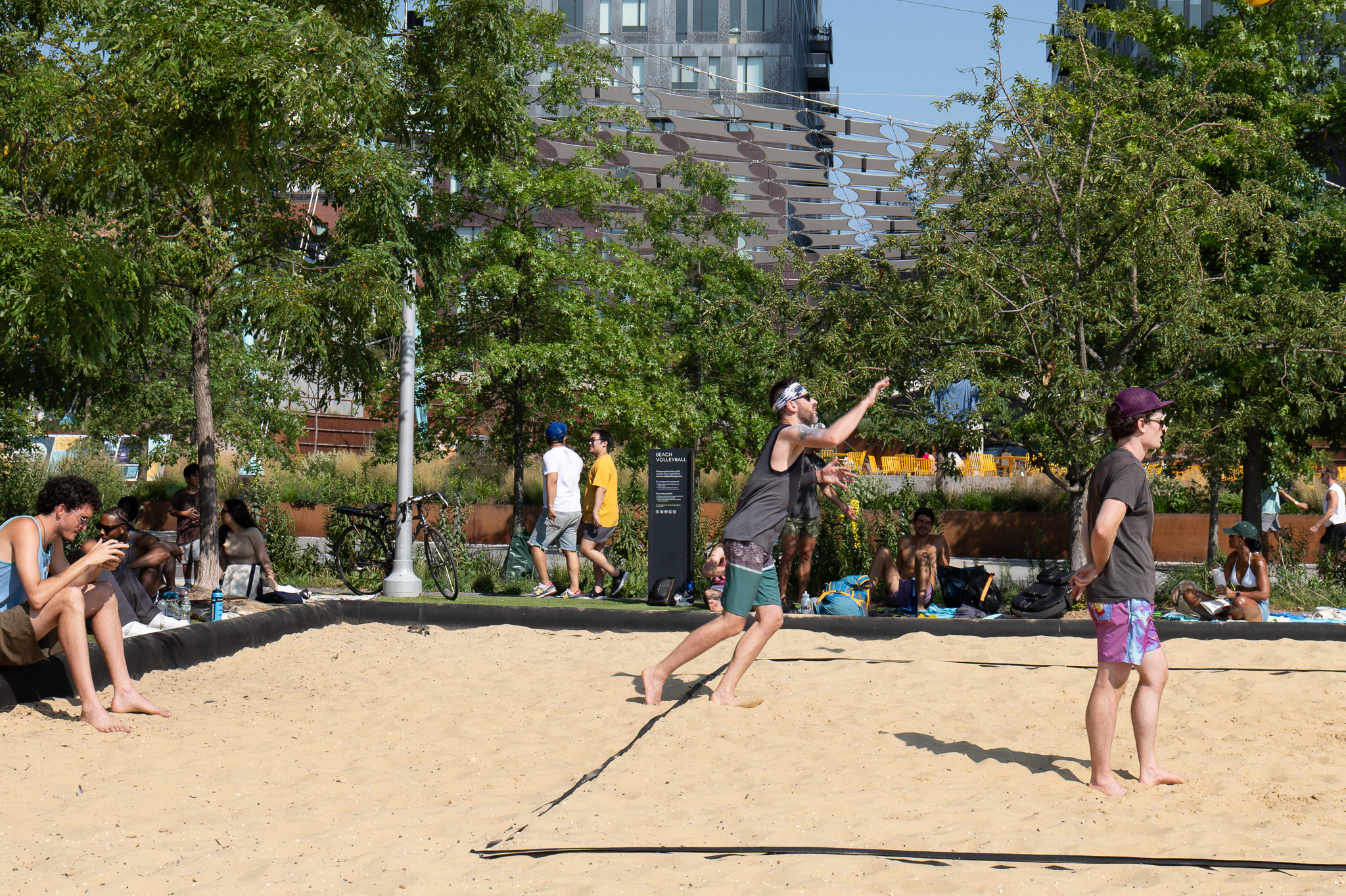
So coming into the Lumix S1R II, my expectations were low. But it genuinely surprised me. In good lighting, the S1R II’s autofocus is right up there with my Sony A7S III. It keeps up with faster-moving subjects, even across complex backgrounds, and feels confident and responsive in most shooting scenarios.
Point tracking is also solid, though not quite as sticky for smaller inanimate objects. Sony still has the edge when it comes to absolute precision. And once the lights dim, Sony pulls even further ahead. In low light, the S1R II tends to hunt more and can lose track of subjects that Sony would still keep locked on.
Thinking back to my wedding videography days, I know I’d still lean on my Sony setup for those unpredictable, low-light ceremonies and first dances. But for everything else, especially in well-lit environments, Panasonic has finally caught up, and in some cases, it even feels a little more versatile.
An incredible stills camera
While I’m a videographer first, I do occasionally need a camera that can pull double duty for high-end photo work. My Sony A7 IV has been my go-to for that, with its 33MP sensor and great color depth, but it’s always felt more like a “photo-first” camera that happens to do video, and since it tops out at 4K60, it's not always up to the task.
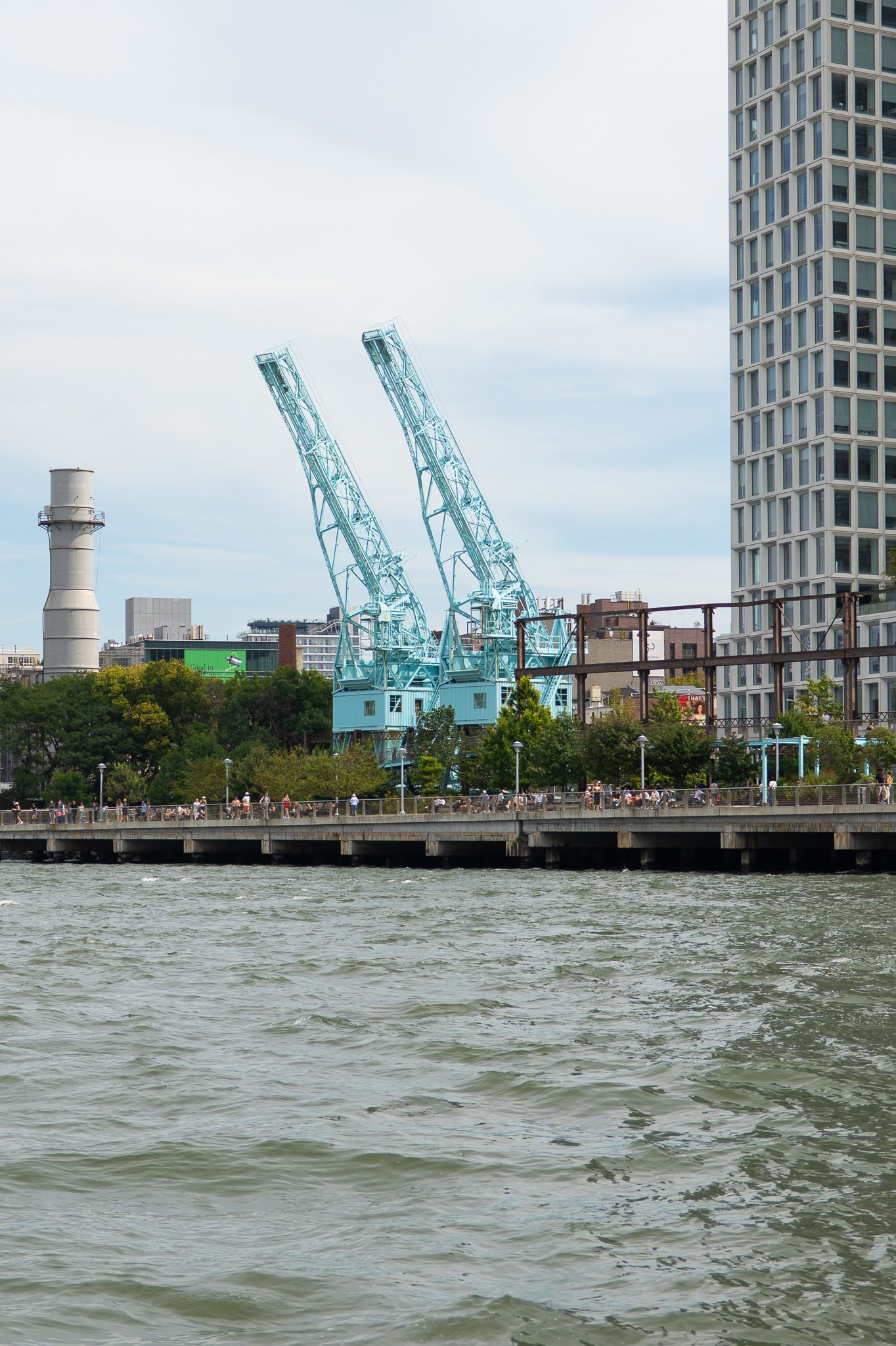

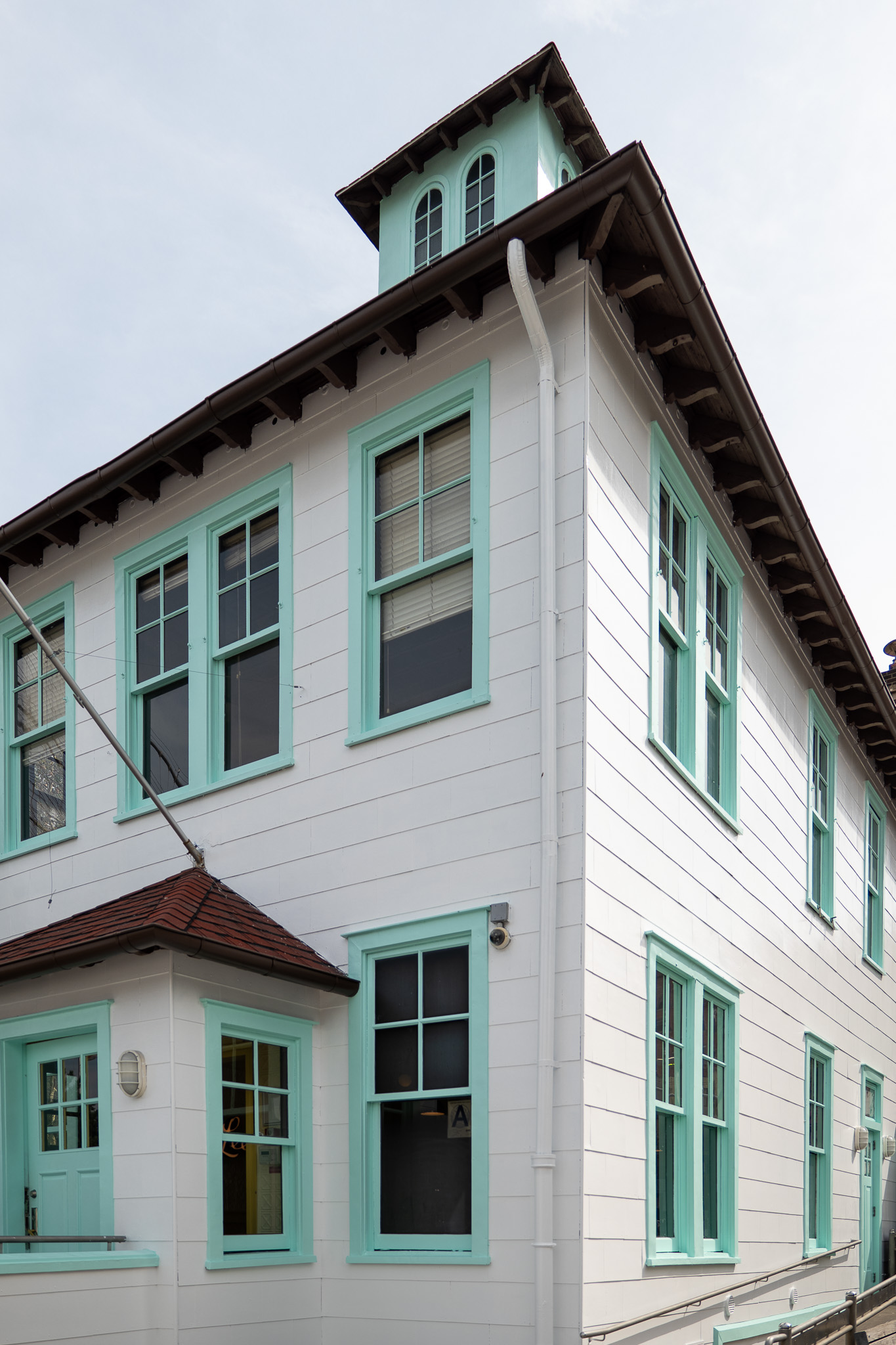

The Lumix S1R II, on the other hand, is the first hybrid camera I’ve used that actually feels equally strong on both fronts. The stills out of this thing are fantastic. You’ve got a 44MP sensor that captures a ridiculous amount of detail, and if you need even more, there’s the High Resolution mode that combines multiple exposures into a massive 187MP image. It’s not something you’ll use for every shot, but for landscapes, products, or architectural work, it’s an incredible tool.
Autofocus in burst mode is good but not Sony-level. I did notice a few more missed shots when tracking moving subjects, nothing terrible, but if you’re shooting fast action sports or events, you’ll definitely get a higher keeper rate from the Sony A7R V. or A7 IV.
Something I really love, though, is the multiple exposure RAW mode. It’s not just a gimmick. You can blend several exposures together in-camera and still retain RAW flexibility for grading later, which opens up a lot of creative possibilities without having to mess with Photoshop or stacking later on. And straight out of camera, Panasonic’s color science impressed me. Skin tones look natural and balanced, with a softer roll-off that feels closer to what I get out of Canon than Sony.
Chunky, but loaded with features
Personally, I’m not a huge fan of the Lumix S1R II styling. It looks a bit outdated, and no doubt this is a chunky boy. But built like a tank? Absolutely. And the dials and controls… you could probably outfit a small spaceship with this many options.
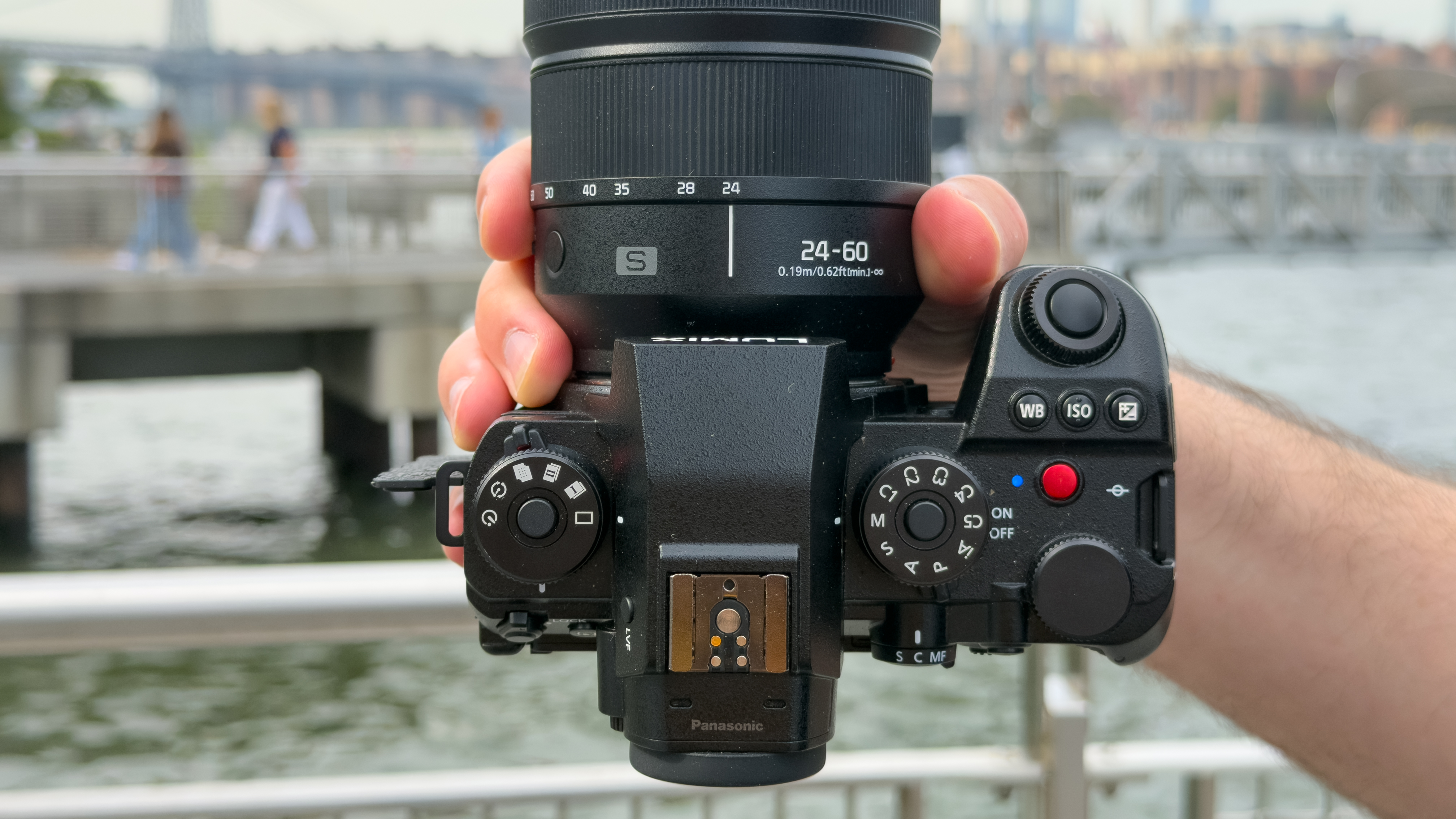
In total, there are seven programmable custom modes, a dedicated photo/video mode switch, and dedicated buttons for ISO, white balance, focus modes, and drive modes. Everything is easy to reach, so you’re not digging through menus mid-shoot and losing your shot. And that’s before you even dive into the Q Menu for other quick programmable settings like stabilization mode, autofocus detection, and focus pull. And yes, I easily spent an entire day getting everything set up just the way I like it.
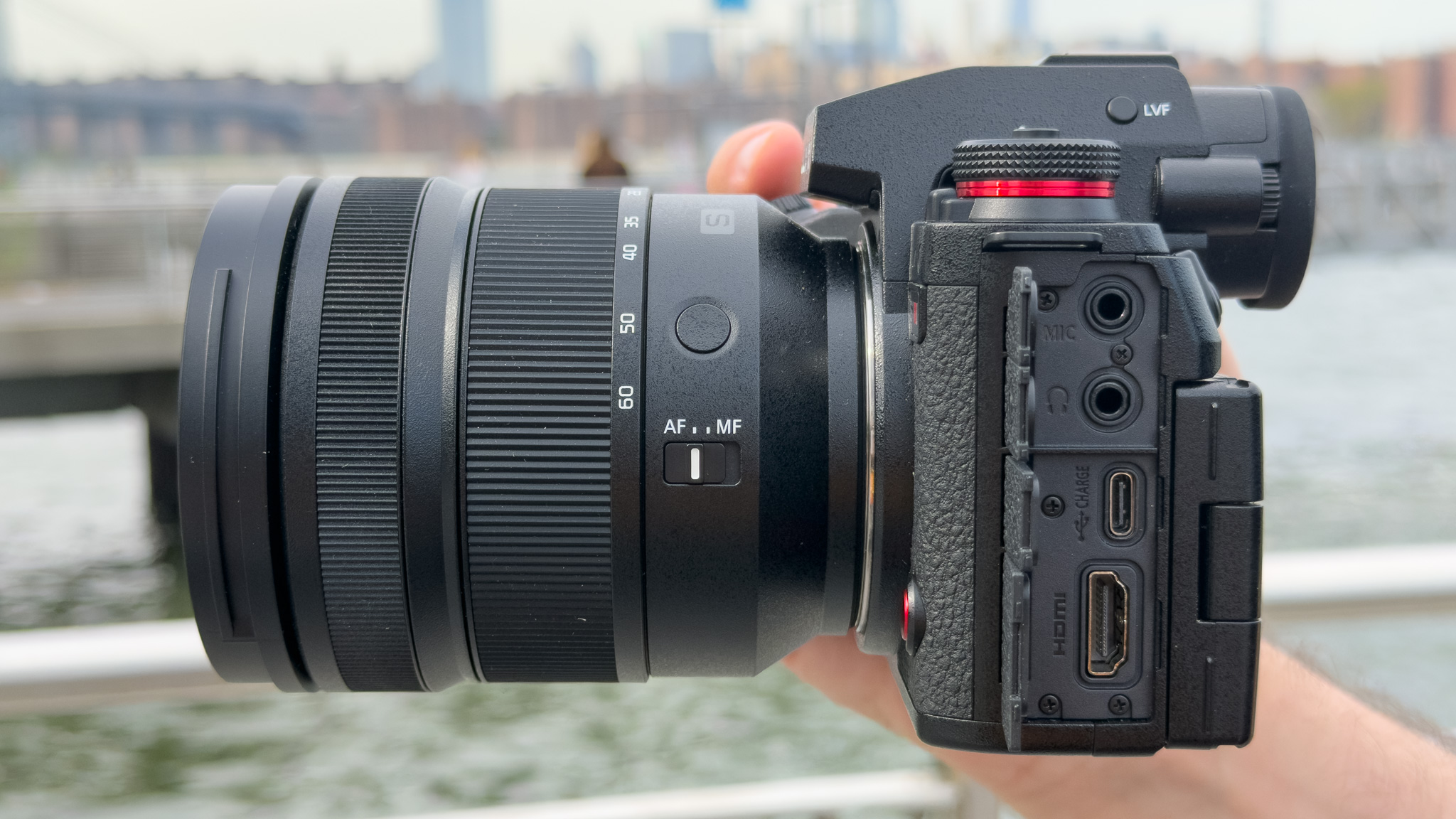
One seemingly minor thing I really love are the soft rubber port covers. They open and close like butter compared to Sony’s hard plastic ones, which can be tricky and downright painful, especially on cold days or if your nails are short. I can’t even tell you how many times I’ve been outside with my Sony A7S III in freezing weather, trying to hook up a mic or USB-C cable, and ended up fighting the port cover like it was a stubborn jar of pickles.
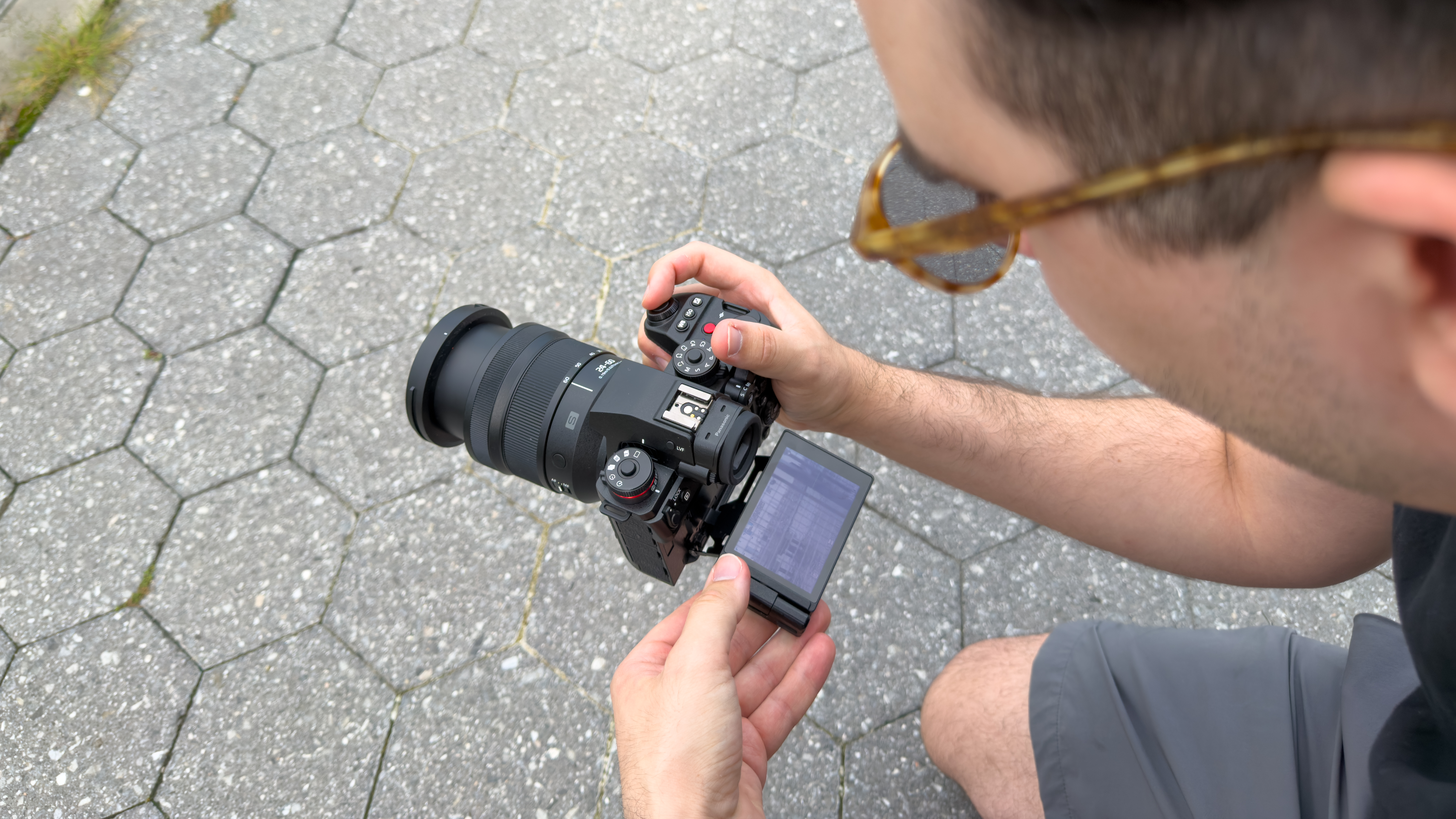
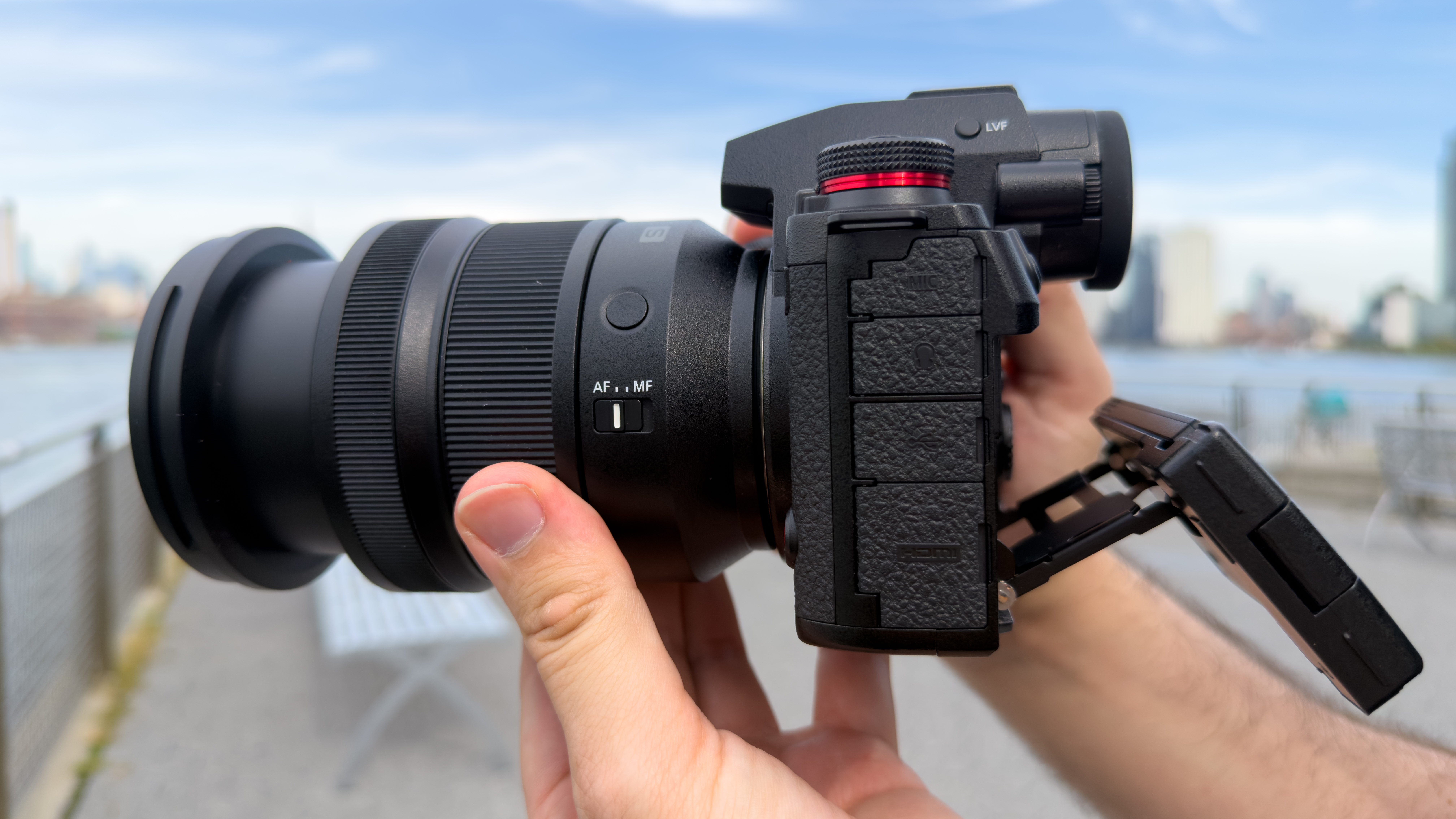
The screen is also way more versatile than my Sony setups. It flips out, up, and down, which is perfect for vlogging, low-angle shots, or overhead framing without crouching like a contortionist. That said, the S1R II isn’t without its problems
Overheating is real
The S1R II might have a deal breaker for some people if you plan on recording longer clips. I quickly realized that the Lumix S1R II has an overheating problem. In 8K, sure, overheating makes sense, that’s a lot of data. But even at 6.4K, with the fan set to its default profile, I was still hitting thermal shutdowns after about 35 to 45 minutes indoors in my studio, which sits around 75F.
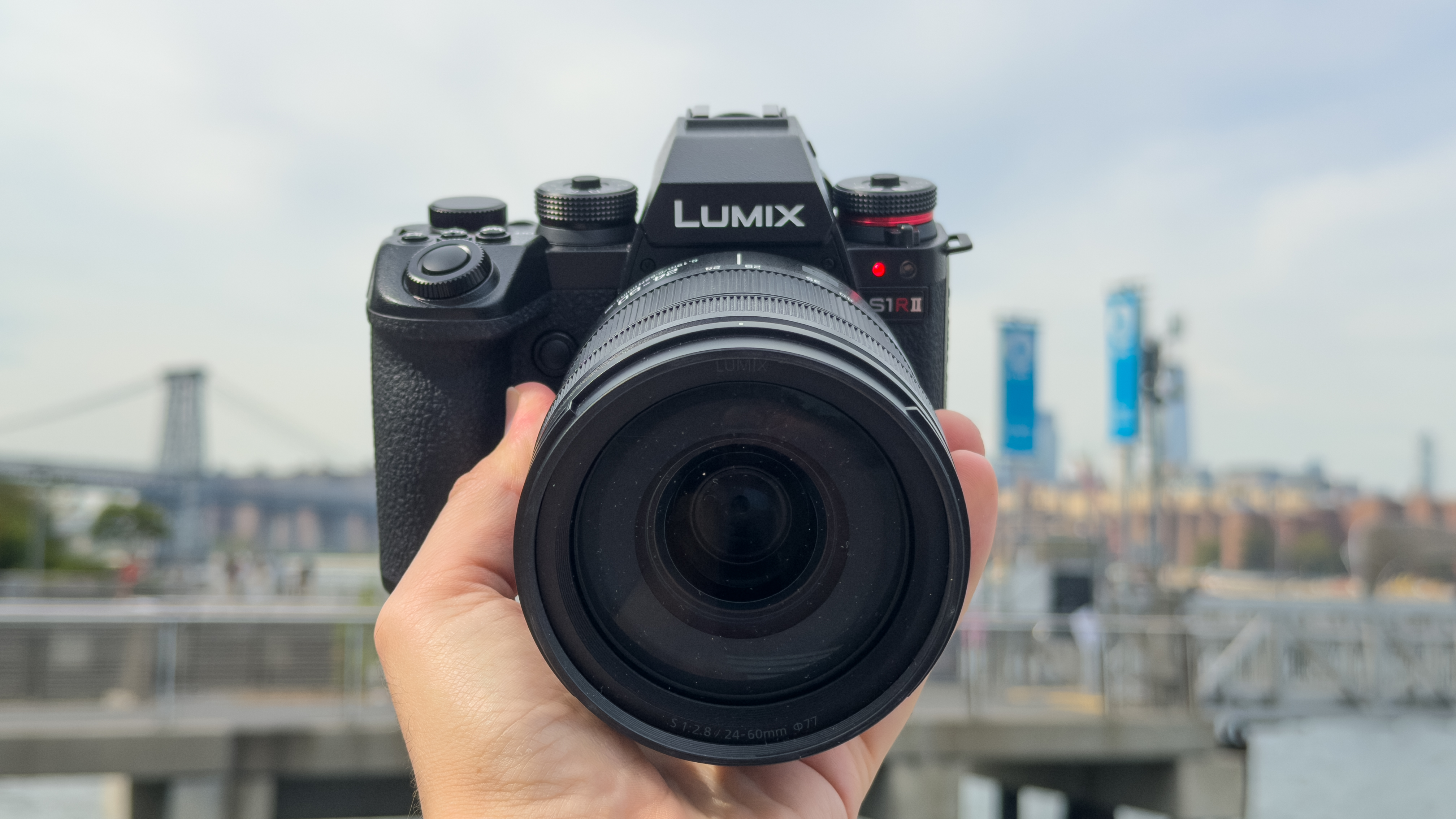
When it overheats, the camera automatically disables video recording and cranks its fans to full blast to cool itself down. That cooldown takes about 5 to 10 minutes before you can start recording again, but even then, I only managed another 20 to 25 minutes before it overheated once more. Some people have blamed CFExpress cards for the issue, but I still saw overheating even when switching to SD cards. I also noticed that running the camera over USB power delivery heats it up faster, something my Sony A7S III has never struggled with. Setting the fan to max speed helps a lot, but it’s loud and still not a real solution.
At 4K/30, I didn’t have any overheating at all, but the higher resolution and frame rate modes are what make this camera so exciting in the first place. Interestingly, when shooting outdoors in about 80-degree weather with a light breeze, I didn’t hit any overheating in 8K/30, even when mixing shorter clips with a few 10 to 15 minute takes.
From what I’ve seen and read, the issue really comes down to the body just not dissipating heat efficiently enough. Some shooters have had better luck using dummy batteries or recording externally to an SSD, but honestly, I shouldn’t have to do that on a camera at this level. I get that this is designed as a hybrid body, but it’s still marketed as a professional tool. So if you’re primarily a video shooter, this is definitely something to keep in mind before picking one up.
L-Mount Lens selection is still underwhelming
Besides overheating, the L-Mount lens system was easily one of the biggest challenges I ran into. Unlike Sony, which has a fantastic mix of first-party and third-party lenses, the L-Mount lineup still feels a bit sparse. Don’t get me wrong, there are some great options, just not as many of the compact primes and zooms I’ve grown used to in my Sony kit. Panasonic’s 18-40mm, for example, is impressively compact but has a slow variable aperture, making it more of a travel lens than a true workhorse.
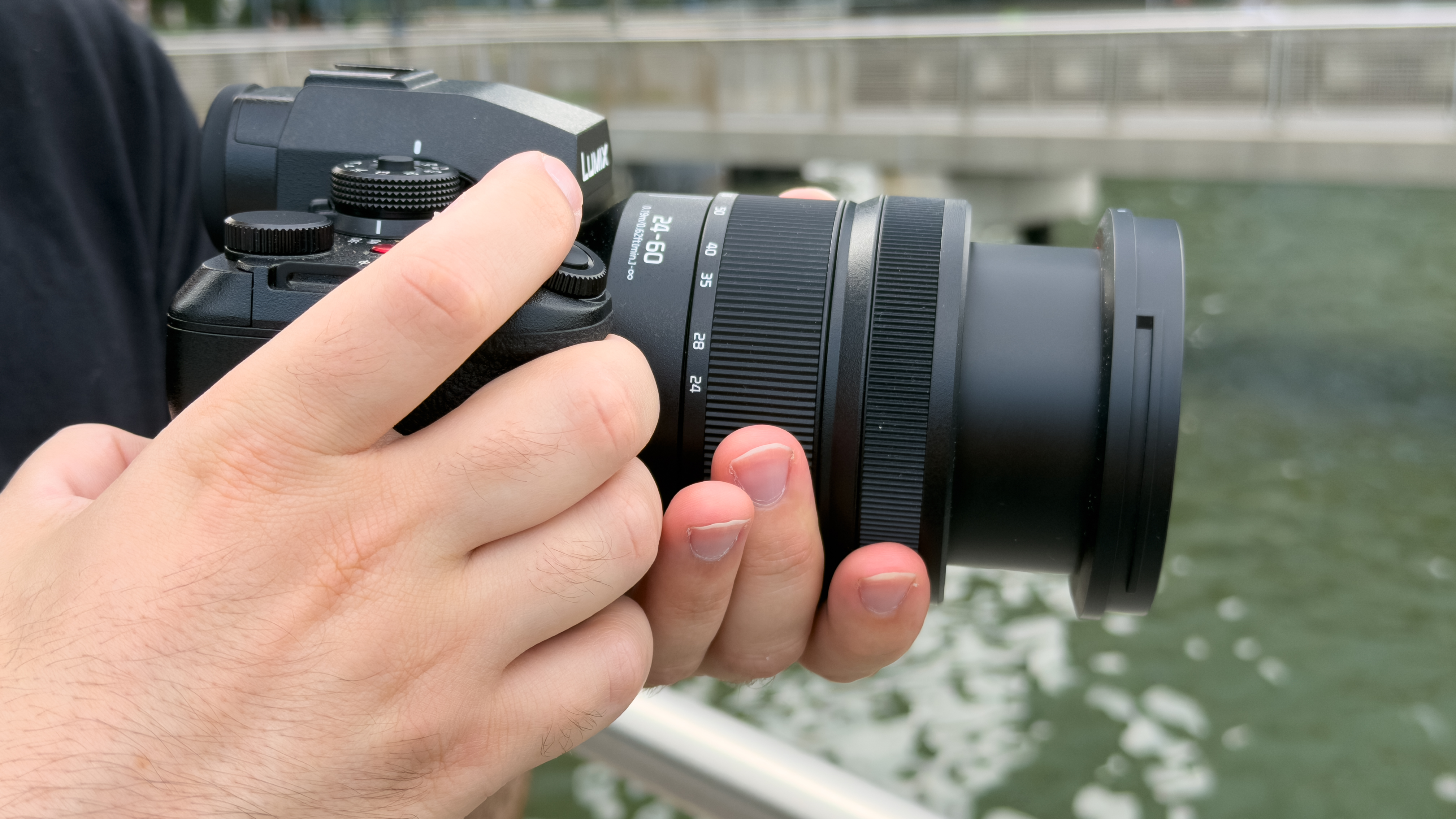
The recently released Lumix 24-60mm f2.8 S has become my new go-to. It’s sharp, relatively compact for its range, and a great alternative to those bulkier 24-70mm f2.8 lenses. The 18mm f1.8 is another great lens I've been trying out. It's small, affordable, and perfect for landscapes or vlogging.
Where I think the lineup really falls short is with autofocus pancake lenses. From what I understand, the L-Mount’s design just makes that tough to pull off. Its flange distance is longer than Sony or Canon, which means lenses physically need more depth. The closest thing Lumix offers is the 26mm f8, but it’s manual focus, painfully slow, and honestly not very good.
One of my favorite lenses for my Sony A7S III is the Tamron 20-40mm f2.8. It’s got a great zoom range for what I like to shoot, and it’s super short at just a few inches long. It’s not quite as versatile as the Lumix 24-60, but it’s lighter and perfect when I want to travel light without sacrificing quality. L-Mount is getting better, but for the time being, it leaves more to be desired
Should you buy the Panasonic Lumix S1R II?
So after spending a lot of time with the Lumix S1R II, here’s the verdict. It’s one of the most capable hybrid cameras I’ve tested. When it’s firing on all cylinders, the image quality is phenomenal. The colors are beautiful, dynamic range is strong, and that stabilization? Incredible. Shooting handheld can honestly feel like cheating.
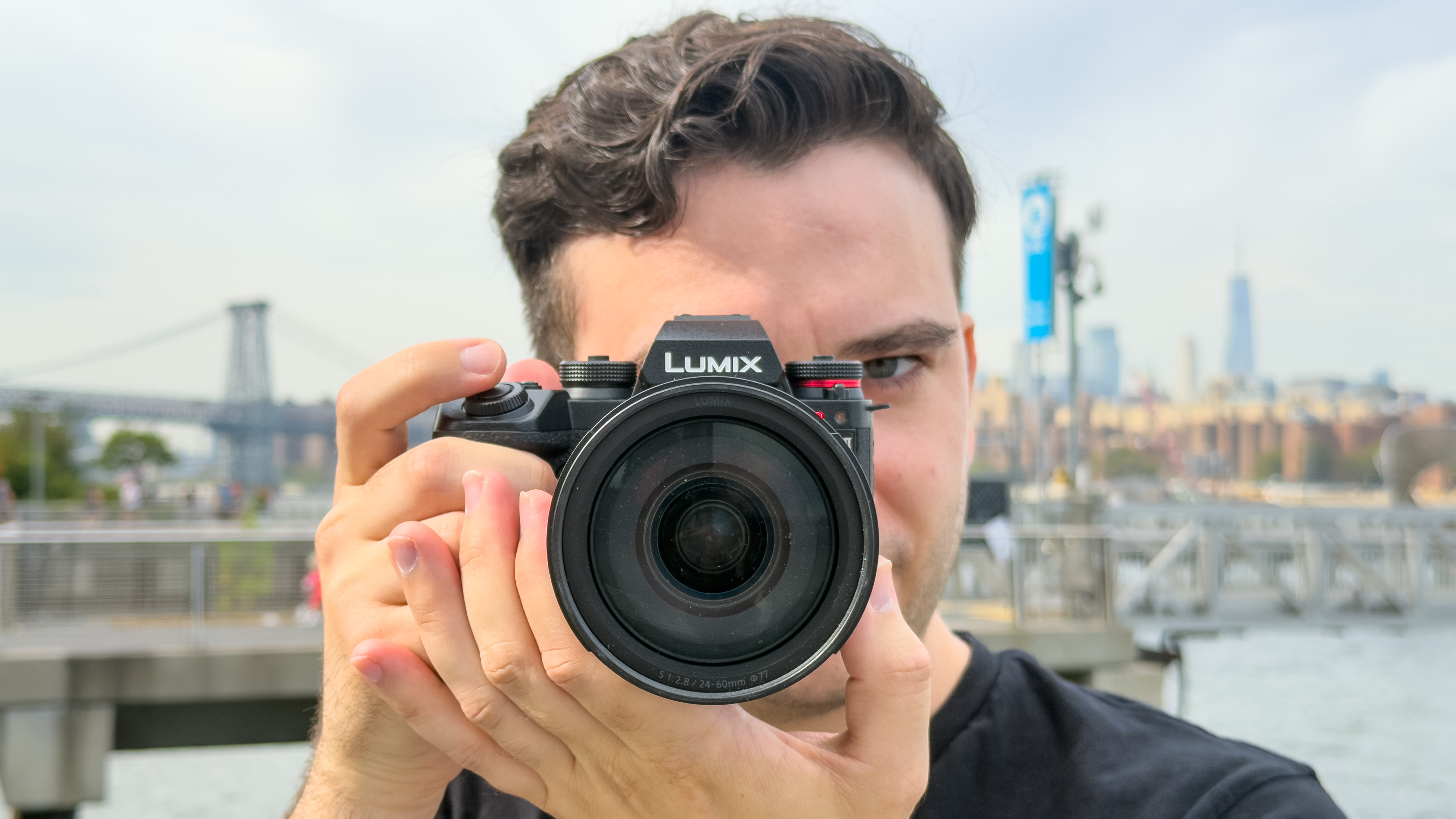
But it’s not perfect. The overheating limits how far you can push it for longer shoots, and the lens selection still makes me miss some of the compact options I rely on with Sony. If you’re a photographer who also wants solid video performance, or if you can work within shorter 6K and 8K clips, this might be one of the most balanced full-frame cameras out there. As a run-and-gun setup, it’s been amazing and has really reshaped how I shoot and edit.
The Lumix system has come a long way, and I’m glad I jumped back in, but I’m not ready to fully commit… yet. For now, I’ll keep my toes in both the Panasonic and Sony camps. Yes, it can be annoying juggling two systems, but honestly, it’s exciting. I get to experience arguably two of the best video brands and enjoy the rewards of both.
Follow Tom's Guide on Google News to get our up-to-date news, how-tos, and reviews in your feeds. Make sure to click the Follow button.
More from Tom's Guide
- I spent the day with the $5,100 Sony RX1R III — what I loved and what feels stuck in the past
- The best mirrorless cameras in 2025
- DJI RS 4 Mini Review: The hands-free gimbal you’ve been waiting for

Paul Antill is a Video Producer and Content Creator at Tom's Guide, specializing in video/audio recording, smart home technology, and laptops. His passion lies in making tech coverage not just informative but also fun and accessible to everyone answering the question “Why does this new product or feature matter to me?” Paul has been a tech host and video producer since 2019 where he has also covered major tech and gaming events. His love for tech and video began on his YouTube channel where for the low price of one subscription he shares head-to-head comparisons and clever ways to make the most of your gear. You can also see the behind-the-scenes and the magic that goes into our Tom’s Guide videos over on his Instagram. Paul graduated from the Mason School of Business at William & Mary, Williamsburg, VA, with a degree in Marketing and Business Analytics. When he's not on camera, you’ll probably still spot him behind one doing street photography and videography. Back home he’s probably in a heated Overwatch 2 match with his friends.
You must confirm your public display name before commenting
Please logout and then login again, you will then be prompted to enter your display name.
